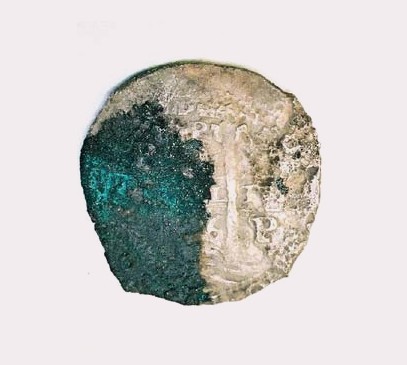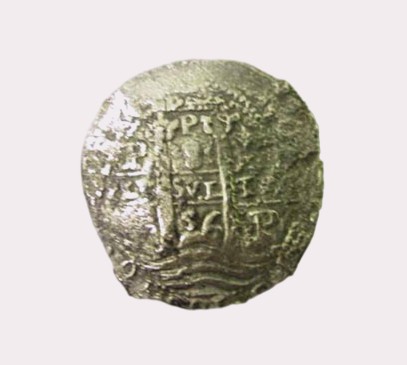Laser Cleaning
How the laser works:
The laser emits an intense, pure form of light in a very short pulse. The pulses of light, which can be adjusted in intensity and repetition rate, are delivered to the soiled surface.
When the pulsed light is directed onto the soiled surface the energy is strongly absorbed by the extraneous soiling material and a photochemical effect is produced. A pulse of short duration, a few nano-seconds, ensures that there is very little time for heat to conduct into the underlying surface leaving the substrate unaffected.
Lasers offer a different approach to the problem of cleaning valuable and delicate objects. They have a number of advantages over more traditional methods:
1.Non-contact
Since the energy is delivered as a light there is negligible contact with the object allowing extremely fragile surfaces to be worked on.
2.Selectivity
Laser radiation is essentially monochromatic. By choosing a wavelength that is absorbed strongly by the dirt but only very weakly by the underlying surface, it is possible to clean an object selectively, i.e. to remove the dirt layers without removing any material from the surface of the object.
In effect the laser beam is able to discriminate between the dirt and the object. Such control means that we, the conservators, are able to select exactly what is to be removed from the surface and allows us to remove any remnants of dirt without over cleaning.
In this way it is possible to preserve the original patination applied during the sculpture's conception with out removing it.
3.Localized action
The laser cleans only where directed. A single laser can supply a beam size of which is variable between a fraction a millimeter and a centimeter, so the same tool can be used for both extremely
precise and large-scale work.
4.Immediate feedback
The conservator can continuously monitor the condition of the surface during cleaning. The cleaning action is instantly halted once the laser is switched off so the conservator can stop the process whenever he decides.
This allows decisions to be made much earlier during the process thereby eliminating the risk of irreversibility damage to the sculpture.
5.Environmental
Laser cleaning does not generate waste material. There is no use of hazardous chemicals or solvents and the only protective clothing necessary are safety goggles and a facemask.
Before laser cleaning

After laser cleaning

